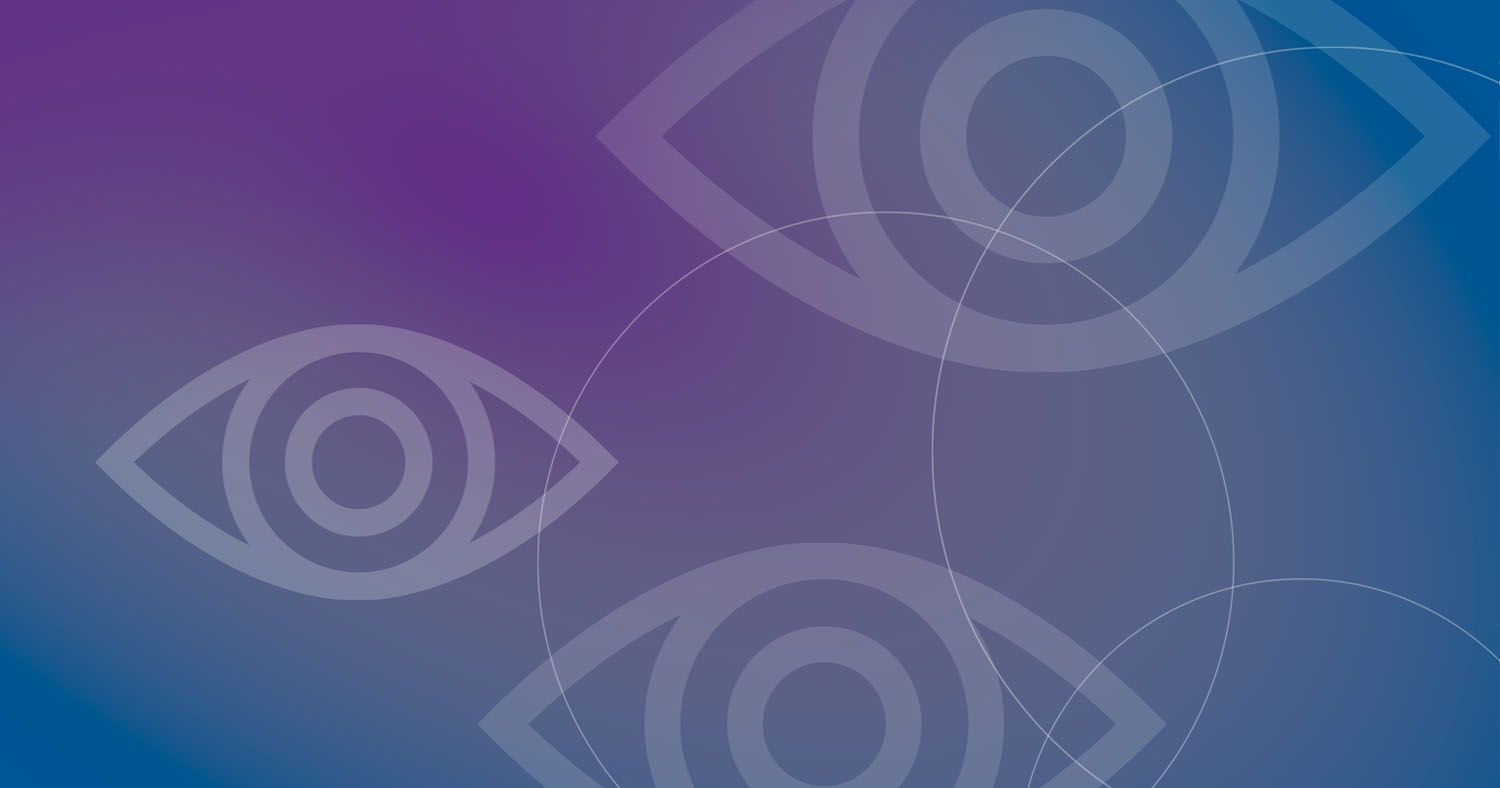Know the facts about children’s eye and vision health
1. Vision disorders in children are common: about 1 in 17 preschoolers and 1 in 4 school age children require vision treatment.
2. Many children with vision disorders remain undiagnosed and untreated. Children do not usually complain about their vision, and signs of vision problems, especially in younger children, are not always obvious to others.
3. Most childhood vision disorders are easily treatable, often just simply with eyeglasses.
4. Vision screening and eye examinations are often the only way for parents, teachers, and others to understand how well a child sees.
5. Without treatment early in childhood, some reversible vision conditions can lead to permanent adult vision loss. Early identification and consistent treatment are paramount to success.
6. There is higher prevalence of vision disorders in children:
· born prematurely, or of low birth weight
· who have a diagnosis of developmental delay or other special health care needs
· whose parents or older siblings had a vision disorder as a child
· whose mother abused alcohol, drugs, or smoked, during pregnancy
7. Untreated childhood vision disorders can impair a child’s physical and cognitive development, and acquisition of learning skills, with long-term effects on educational outcomes, hobby and sport choices, and job opportunities.
8. Annual vision screenings, comprehensive eye exams when advised, and following the prescribed vision treatment plan from the eye doctor, will give children a better chance for healthy development and school success.

